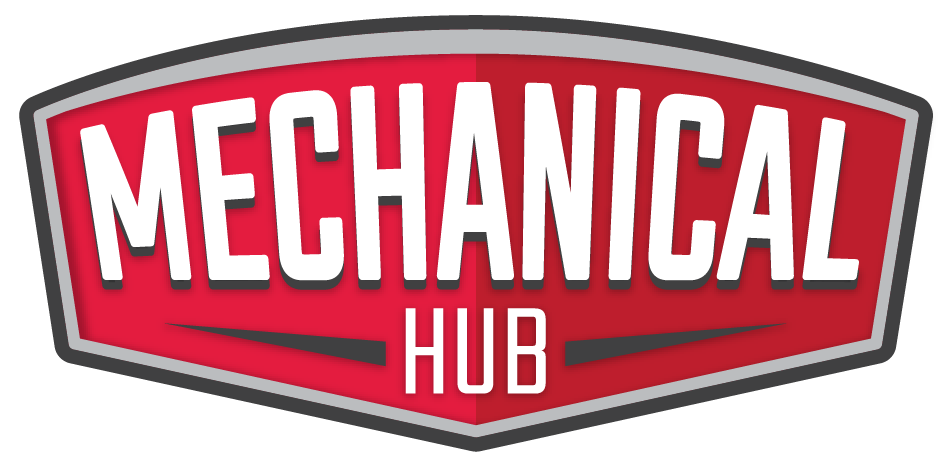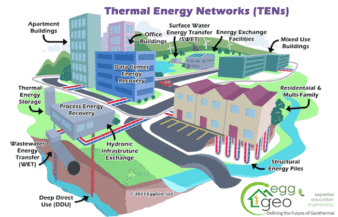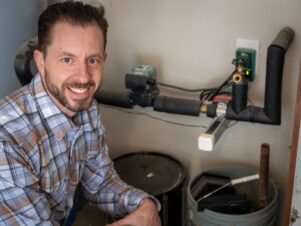Although backflow repair seems difficult at first, good knowledge helps to turn this difficulty into a reasonable endeavor. Maintaining water purity and preserving health depend on a well-working backflow-prevention system. Hence, prompt repairs are essential. This handbook demystifies backflow repair by providing step-by-step directions, useful guidance, and fundamental safety measures to restore appropriate flow, therefore guaranteeing dependability of performance and efficiency.
Safety Measures and Basic Tools for Backflow Repair
To guarantee a good fix in backflow repair, strict safety precautions and the correct set of tools are needed. Designed to handle typical problems in these systems, basic tools include wrenches, pliers, sealant, and specialist backflow testing kits. In addition to repairs, expert backflow installation services require precision and high-quality tools to ensure proper setup and long-term functionality. Using excellent tools not only streamlines the repair procedure but also reduces the possibility of more harm while troubleshooting. Perfect adjustments and safe reassembly made possible by a well-equipped toolkit guarantee the system recovers its intended operation with little downtime.
Safety always comes first in any repair, especially with systems managing drinkable water. Turning off the main water supply is essential to stop unintentional floods or contamination even before repairs start. Gloves and safety goggles are among the protective tools to wear; all electrical connections have to be tightly separated. Following set safety procedures during backflow repair reduces risks and guarantees that every stage of the operation is carried out under supervision. These steps ensure the integrity of the water system as well as the repair staff, therefore enabling a seamless and safe repair process.

Methodical Approach for Backflow Repair
Backflow repair demystifies the procedure and guarantees complete system restoration via a methodical, step-by-step approach. The repair trip starts with a total water supply shutdown and then proceeds with a meticulous disassembly of the impacted valve components. Next is a thorough inspection of check valves, gaskets, and seals, looking for any wear or damage that can affect system operation. Every component is then cleaned, examined, and replaced as needed to guarantee that, prior to reassembly, every element satisfies the appropriate criteria.
Complete testing is crucial to verify that the backflow-prevention mechanisms operate as expected once the system has been rebuilt. Water quality analyses and pressure testing confirm that the repair has effectively removed contamination hazards and restored correct flow direction. Apart from verifying the completion of the repair, thorough testing gives a piece of mind, knowing the system is currently running without problems. This methodical strategy to repair promotes a better knowledge of the mechanics of the system, thereby facilitating future maintenance by means of efficiency.
Strategies for Preventive Maintenance to Avoid Problems Tomorrow
Avoiding recurrent backflow issues mostly depends on following a strong preventative maintenance schedule. Routine maintenance of backflow prevention systems and regularly planned inspections help to find early wear, corrosion, or possible failure. By treating small problems before they become more significant, preventive maintenance not only lowers the danger of contamination but also increases the system’s lifetime. A regular maintenance schedule is a proactive step that guarantees the system stays in the best operating order throughout time.
Apart from routine inspections, including contemporary monitoring technology improves preventative plans even more. Real-time water pressure and flow monitoring via automated alarms and digital tracking systems warn of any abnormalities that could point to developing problems. These sophisticated steps offer a whole picture of system performance and enable quick response as needed. Regular performance assessments and proactive maintenance together provide a strong basis for long-term water safety, therefore lowering both operating interruptions and expensive emergency repairs.
Understanding When to Consult Experts
While do-it-yourself remedies can fix minor backflow problems, other cases call for the knowledge of a qualified plumber or backflow specialist. Complicated issues, ongoing mistakes, or conflicting diagnosis findings usually point to expert help being needed. Expert specialists guarantee that the system is returned to its best by bringing to the repair process specialized tools and thorough expertise. Their knowledge enables a more precise diagnosis, and the use of sophisticated treatments may not be possible for a non-specialist.
Professional guidance suited to particular needs and thorough system reviews are two long-term advantages as well. Professional servicing not only ensures a high-quality repair but also lowers the danger of future problems by means of skilled maintenance suggestions. Understanding the limits of do-it-yourself projects and choosing expert advice when needed guarantees that the backflow system stays compatible with local safety rules, secure, and effective. This calculated move now guarantees ongoing, dependable water safety by safeguarding property and health alike.
Conclusion
Reliable backflow repair protects property, health, and water quality, therefore averting expensive harm. This all-encompassing strategy guarantees consistent water safety, therefore enabling property owners to have confidence and peace of mind for many years to come.




Join the conversation: